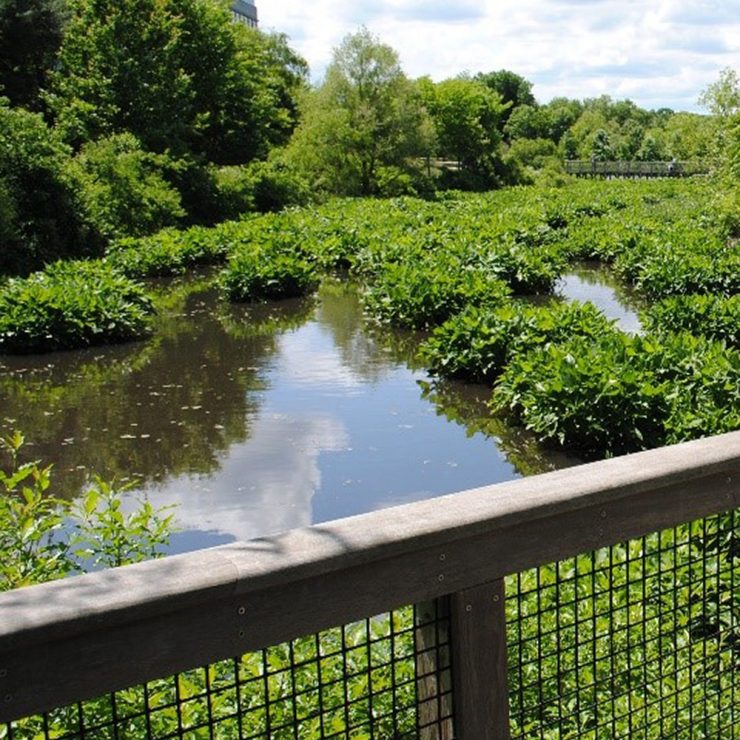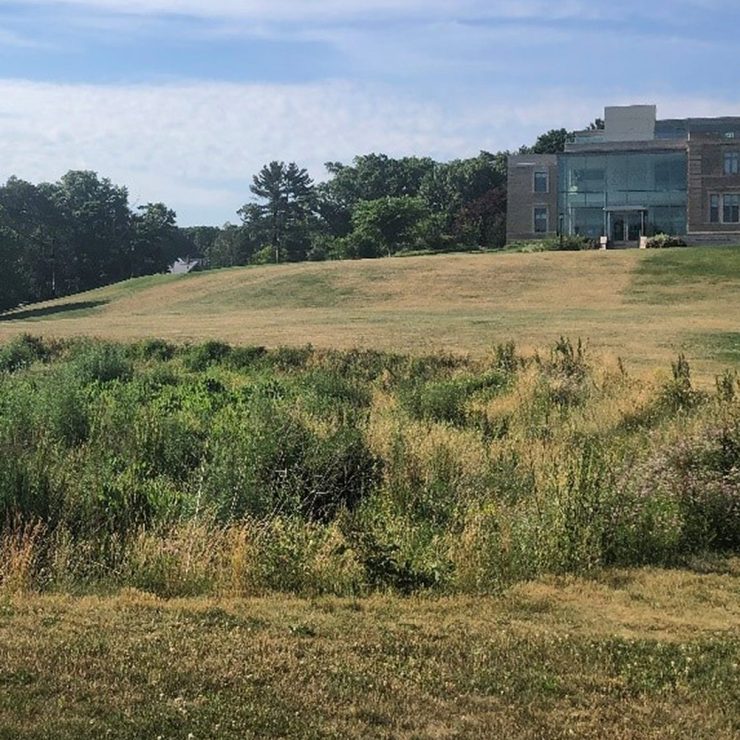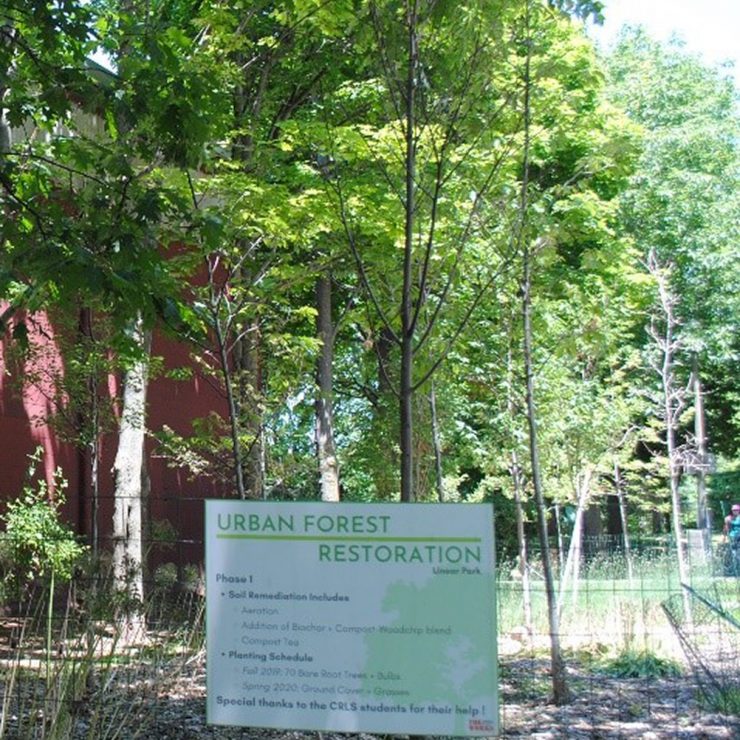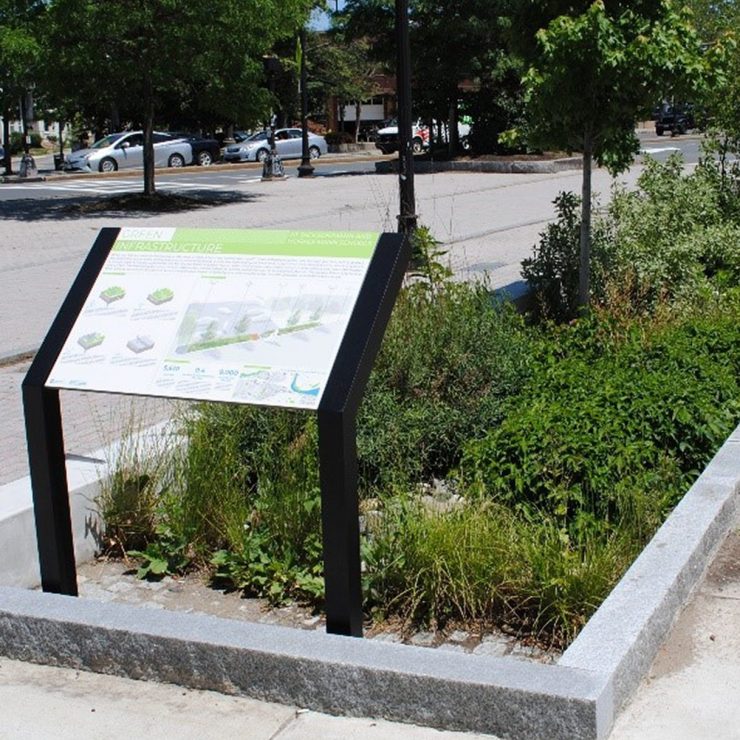By: Andrew Sankowski
As COVID-19 restrictions require careful discernment on how often and for what reasons I leave my house, I have found myself spending more time indoors than usual. This time indoors has been striking throughout the summer when this is normally a season when my time outdoors is increased. I have heard many others noting similar trends, which is positive for reducing the spread of the virus, but negative for the impacts on our overall health and wellness. Several stories have been published recently detailing how spending time in nature helps improve mental and physical health, noting that even though many of our usual nature retreats are closed or overcrowded due to COVID-19 restrictions, we can realize many of these benefits while still reducing the spread of the virus by interacting with the nature that exists close to our homes[1]. This means that our backyards and local parks can be great ways to boost our well-being right now. It also reminded me that I should be spending some more time reaping the benefits of one of my favorite solutions in water resource engineering – green infrastructure!
Green infrastructure uses natural processes such as filtration through soils and plants, permeable surfaces, wet storage areas, natural biological processes, and water harvesting to manage, treat, and reduce stormwater runoff to protect our waters. Green infrastructure can greatly reduce stormwater pollution, which is one of the leading causes of water pollution in developed areas; reduce flooding; and eliminate combined sewer overflows. Yet, green infrastructure does not just provide benefits from a stormwater perspective; it also provides other widespread benefits.
For the Environment
- reducing urban heat island effects
- improving climate change resiliency
- sequestering carbon
For the Community
- Adding natural aesthetic beauty
- Improving mental health
- Providing equitable access to green space
For the Economy
- Delivering cost-effective stormwater management
- Reducing flood damage
- Creating green jobs
Green infrastructure comes in many shapes and sizes. They are often hidden in plain sight but can be easily identified to the trained eye. Depressed areas filled with plants in lawns, parking lots, and alongside roads are common forms of green infrastructure that capture and filter runoff. These are typically called rain gardens, bioretention, or bioswales. Ponds, wetlands, and natural floodplains provide natural storage for stormwater runoff. Green roofs and rain barrels, found at buildings, and permeable pavement, found in parking lots, alleys, and sidewalks, are all used to reduce the amount of runoff. Urban tree canopies, which include urban forests and individual street trees, are a particularly noticeable and important piece of green infrastructure. Some jurisdictions have developed interactive maps that show where green infrastructure is located. Because public education and involvement are a priority when implementing green infrastructure, many features have informational signs explaining how they work.
Different types and combinations of green infrastructure allow for different benefits to be realized, and a comprehensive network of green infrastructure is the best way to provide the most benefits. Because green infrastructure manages stormwater at its source, each piece of green infrastructure directly provides benefits to its local community. These community-based benefits also qualify green infrastructure as a tool for environmental justice when created to benefit communities that have been the subject of environmental inequity. For green infrastructure to be a successful tool for environmental justice and in general for successful implementation, it is essential to collaborate with communities to ensure that community needs, visions, heritage, and resiliency are incorporated. This is one of the many ways that Straughan brings a holistic approach to projects. Our Water Resources Engineers design green infrastructure and our Environmental Planners create environmental justice reports and provide public outreach to environmental justice communities, all working in tandem to improve both the human and natural environmental through our work.
I could go on and on about the benefits of green infrastructure, but I realized I should be spending more time outside. I took a break to go for a bike ride to find some green infrastructure near me. The weather was great, I was able to get a dose of nearby nature therapy, and it gave me an opportunity to appreciate the benefits of green infrastructure in person. I would highly recommend this activity to get out into nature and improve your well-being while staying close to home during COVID-19. Once you start to notice the green infrastructure in your community, you will be on the lookout for more. Become an advocate for more implementation of comprehensive networks of green infrastructure that will help us to build a more sustainable, just, healthier, and happier world!
For more information, check out –
Green infrastructure info and examples
Benefits of green infrastructure
Example of green infrastructure as a tool for environmental justice
[1] https://www.washington.edu/news/2020/04/16/dose-of-nature-at-home-could-help-mental-health-well-being-during-covid-19/



